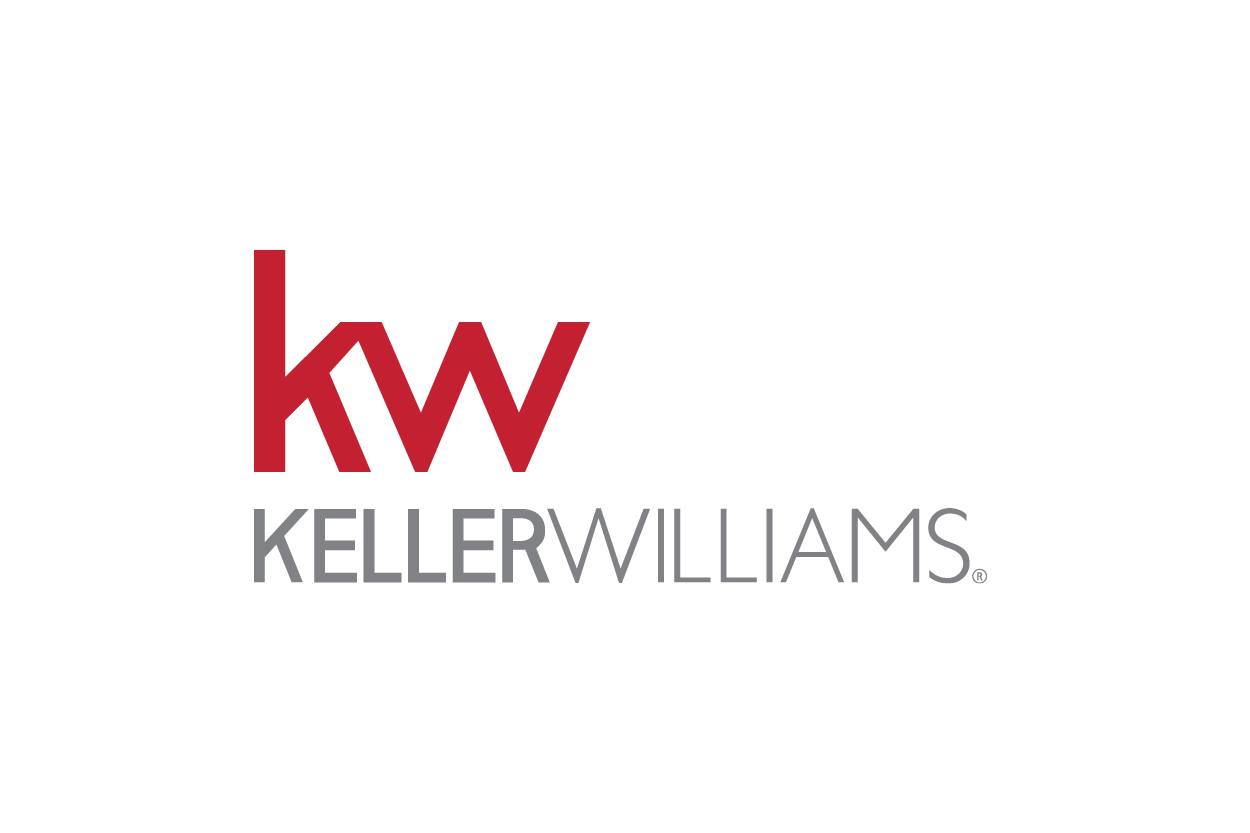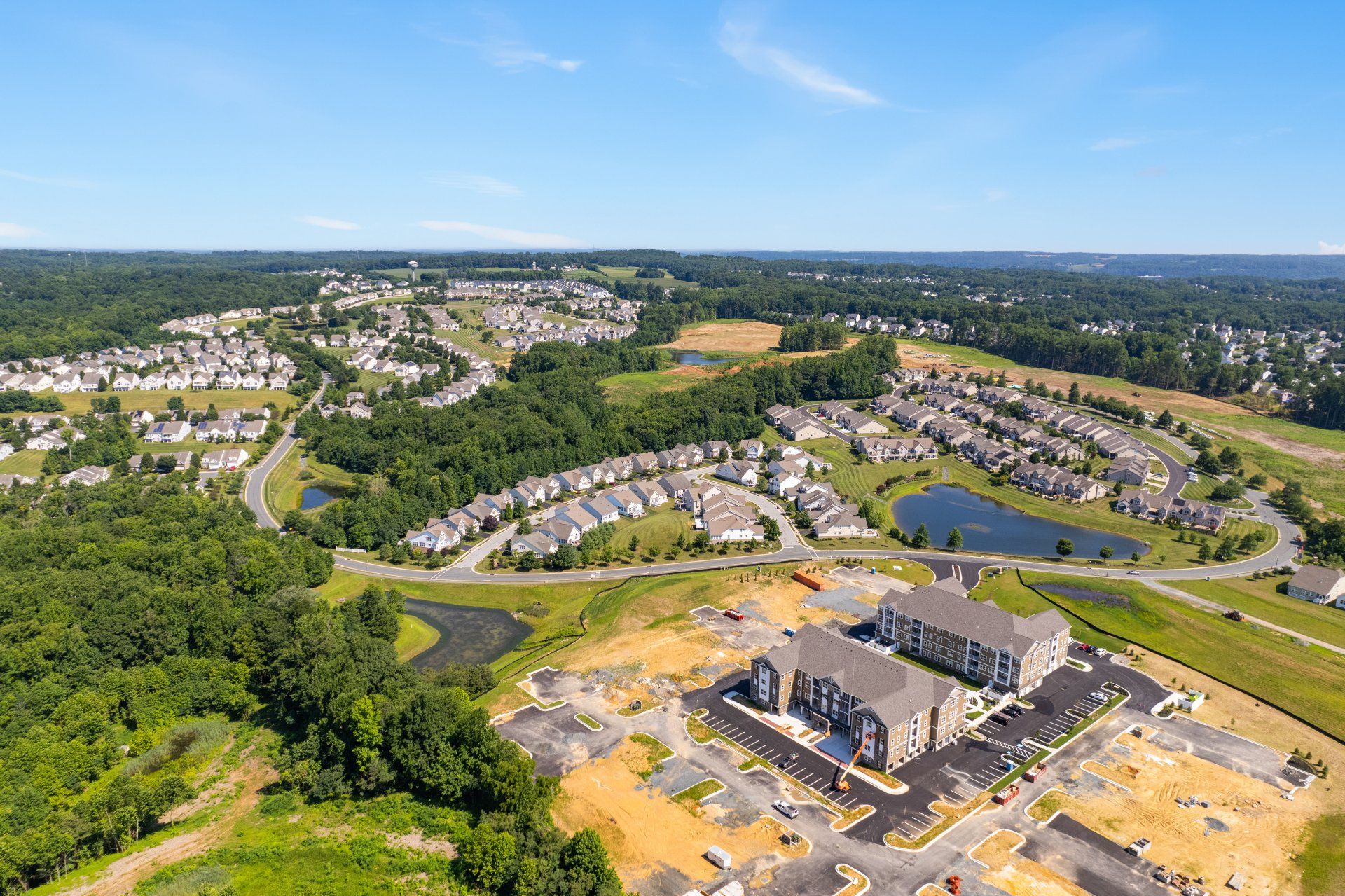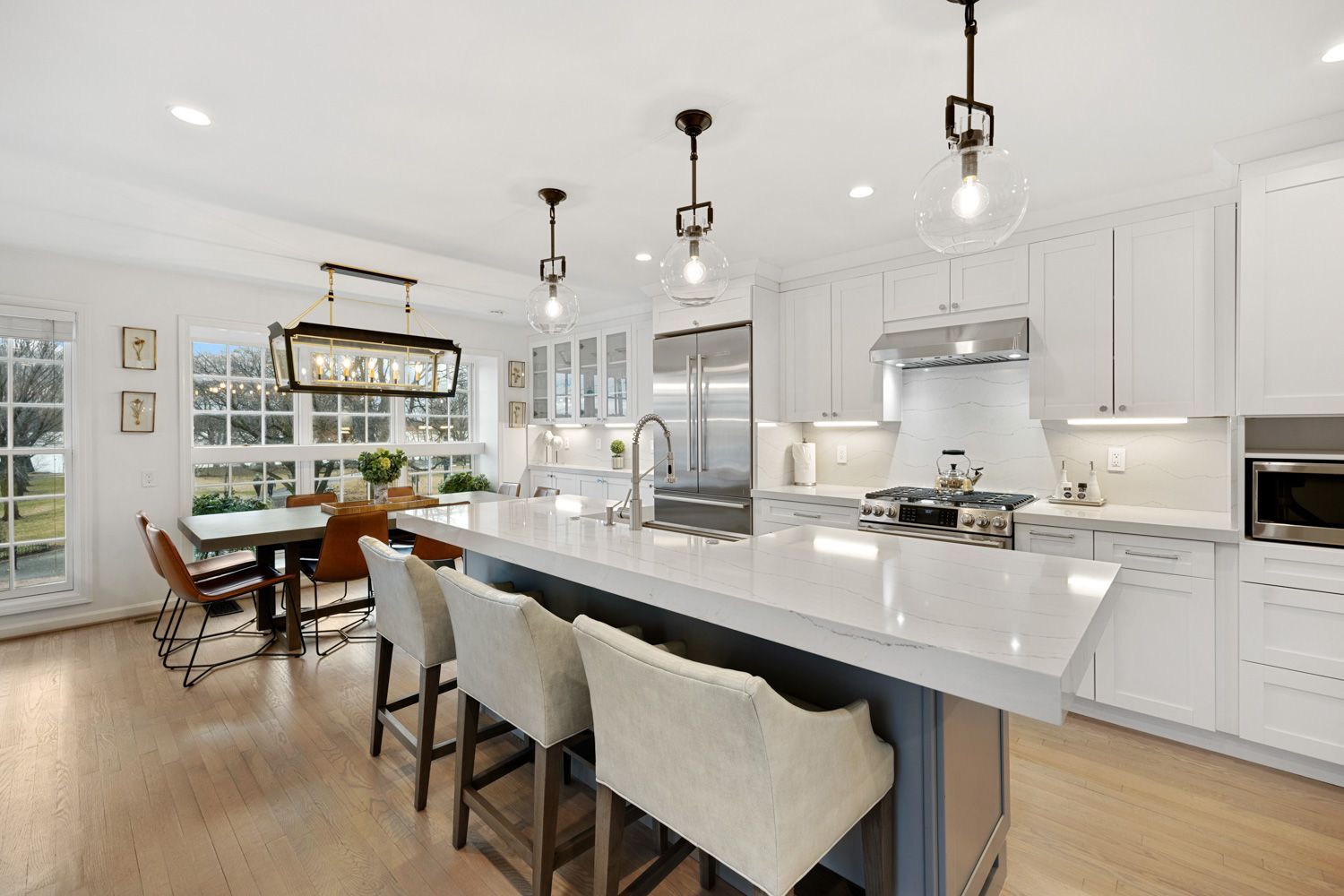Meet Victor Coll, a seasoned expert in the art of in-bound content marketing. With a proven track record in crafting winning content strategies, Victor excels in attracting and engaging audiences organically. His proficiency extends to optimizing content for maximum impact, resulting in increased brand visibility and audience retention. Victor's dedication to the art of in-bound content marketing has helped businesses achieve remarkable growth. Join him as he shares invaluable insights and strategies to empower your content marketing efforts and drive meaningful connections with your target audience.
Photo Editing Tips That Will Boost Your Business
WHY PAY MORE?
Photo editing is the post-production process of digitally altering or enhancing a picture using special software. Once a photo shoot has taken place, the work of editing begins in order to ensure that the images representing a home are of the highest quality.
Any agent who wants their real estate business to stand out in a crowd knows that important details cannot be ignored. That is especially true when it comes to real estate photography. A picture is what first draws the attention of the more than ninety percent of people who begin their home searches online. And pictures are what keep their attention the longest. Those agents who pay attention to the details and provide their customers with premium pictures are able to set themselves apart as a premium business.
And yet, not every photograph is a work of art. Ask any teenager who snaps dozens of selfies to find the perfect shot to post online. Truth is, even professional photographers take dozens or even hundreds of photographs during a photo shoot and cull the very best photos from the batch. But they do not stop there. Once the best photos have been selected, the hard work of editing serves to enhance those images. The color may need correction. The light may need to be balanced or the exposure adjusted. These and a host of other alterations are employed to help a home to look its best.
(Read also about “What Goes Into Video Editing”)
Beyond some of the more standard edits, a photographer or photo editor may also perform more advanced modifications, such as object removal to get rid of unwanted items in an image, or blue sky replacement to make up for a shoot that took place on a cloudy day. From simple resizing to full-blown virtual staging, a professional photography service can offer up the highest quality photographs for your customers’ listings.
Of course, you may choose not to seek the services of a professional photographer. You may prefer to take pictures yourself. Either way, it is critical that the pictures you provide your customers be first rate. And that means not only taking great pictures – and plenty of them – but careful editing to boot.
So, what editing tools and tricks should you use with your real estate photos? Well, that all depends on what your photos need and what your clients request. Here are some of the more common photo editing elements along with a few advanced services you can employ.
- Cropping and Resizing. Photos that are taken at a distance often leave the subject looking small or insignificant in the background. Narrowing down the field of view can help to focus a viewer’s attention on what matters.
- Color Correction. Raw images taken of a room or a yard often appear dull or drab. Or the colors captured by the camera just don’t look quite right. Maybe the blues look too much like purple, or the whites came out a little too white. Color correction adjusts the color in a photo to make it look as accurate as possible.
- Light correction. White balance is the process of removing unrealistic colors cast on objects or walls to make sure that what appears white in real life renders as white in your photos. Other lighting corrections can change the contrast, deepen the shadows, add highlights, and more.
- Straighten Lines. When horizontal lines in a picture are not level with the horizon and the vertical ones are not straight up and down, the whole image seems distorted. Sloppy. Unprofessional. Fortunately, the lines in an image can be corrected to align with a grid so that the picture appears straight and true.
- Object Removal. Sometimes an object makes its way into a photo unintentionally. A lamp cord sticking out from under an end table. A cup left on the counter. Other times, personal information or images are captured in a picture, such as family portraits, framed diplomas, or computer screens. These unwanted items can be removed during the editing phase.
- Blue Sky Replacement. Photo shoots cannot always be scheduled for perfectly sunny days. Good news is, a grey sky can be replaced with a blue one by a photo editor. The background of exterior shots can have a blue sky added to them. So can the views through the windows from inside a home. A similar process can be used to make the lawn appear greener or improve the reflection in the water of the backyard pool.
- Twilight Conversion. There is something altogether captivating about an image of a home set against the eerie backdrop of a sky at dusk. It is a little dark, dramatic, and a bit extraordinary. Photographing a home during the “golden hour”, the period of time just before sunrise or just after dark, requires precise timing and near-perfect conditions. Virtual twilight conversion does not. An ordinary picture can be converted to have the same appeal.
- Virtual Staging. Staging is an effective way to showcase a home at its best. An empty home is often slow to sell; a disheveled one even moreso. But physical staging is time consuming and expensive. Virtual staging, on the other hand, can transform an empty (or nearly empty) home into a fully-furnished and professionally-staged model in nearly any decorating style – at a fraction of the cost.
While this is not an exhaustive list of photo editing options, it does emphasize the range of opportunities (and responsibilities) to make your clients’ photographs the best they can be. And not just that; the better the quality of your photos, the better your brand identity. Your customers – and anyone else who views your listings or visits your website – will judge the quality of your business by the quality of the photos that represent your product. Those images reflect how hard you work to sell a home.
Once upon a time, curb appeal was king. While that is still true to some extent, the way that people see a home from the curb is mainly through a photograph. Whether those pictures are uploaded to the listing, posted to social media, or featured in your postcards or brochures, your customers expect a professional product, regardless of who snaps the shutter. And while excellence begins behind the lens, it ends with professional photo editing.


Real Estate Photography Blog Categories



CONTACT US
Brought to you by
1 Texas Station Court
Suite 130
Timonium, MD 21093
All Rights Reserved | ©2025 Hometrack Real Estate Marketing | Privacy Policy | Powered By Craig Westerman, Victor Ivan Coll , and Juno Digital Media












